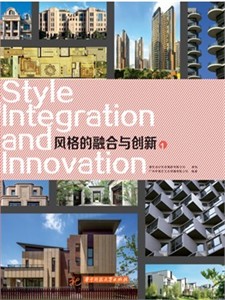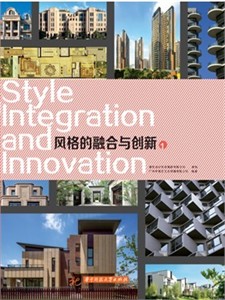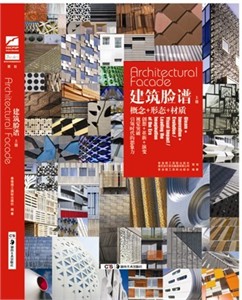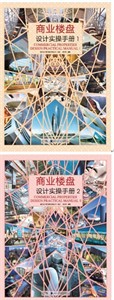期刊杂志全年订阅
- 新刊暂停订阅 美国《室内设计》中文版
- 停止订阅!美国《今日家具》中文版
- ID+FT+FA三刊全年合订1056元超值优惠
- 美国室内设计中文版+美国今日家具全年订阅756元现优惠价
- 美国《今日家具》中文版双月刊零订
- 美国《今日家具》中文版过刊优惠6期随机需求从速
期刊杂志零售
- 新刊暂停订阅 美国《室内设计》中文版
- 停止订阅!美国《今日家具》中文版
- ID+FT+FA三刊全年合订1056元超值优惠
- 美国室内设计中文版+美国今日家具全年订阅756元现优惠价
- 美国《今日家具》中文版双月刊零订
- 美国《今日家具》中文版过刊优惠6期随机需求从速
建筑\室内类图书
- 外版期刊
- 平面设计类
- 《亚洲软装趋势报告 2014-2015》
- 《亚洲软装趋势报告 2015-2016》
- 美国《今日家具》中文版双月刊
- NCS+戴昆联名色彩卡
- 《亚洲软装趋势报告 2016-2017》
- 建筑类图书
- 室内类图书
- 景观类图书
- 地产类图书
- 酒店类图书
- 合订本
- 其他类图书
联系我们
感谢各位读者朋友对美国《室内设计》中文版杂志、美国《今日家具》中文版杂志的支持与信赖,本公司为各位读者订户提供代理订阅原版进口书刊和设计类图书服务,有订阅采购需求的朋友可以联系我们,为各位订户朋友提供最新、最好的前沿设计书刊和资讯。
北京亚视凤凰广告有限公司
联系人:
孟波:13241993732
QQ:270460466
张淑媛: 13801282266
世界都市发行部
地址:北京市朝阳区广顺北大街5号融创动力科技文化创意产业园B座B126室。
 您的位置 :首页 » 网上订阅 » 古建上的中国——中式建筑巡礼 传统文化再现A Sight of Archaic Chinese Buildings
您的位置 :首页 » 网上订阅 » 古建上的中国——中式建筑巡礼 传统文化再现A Sight of Archaic Chinese Buildings
其他相关书籍
-

风格的融合与创新
288.00元

-

Style Integration and Innovation
368.00元

-

建筑脸谱(全三册)
798.00元

-

《商业楼盘细部实操手册》
638.00元

